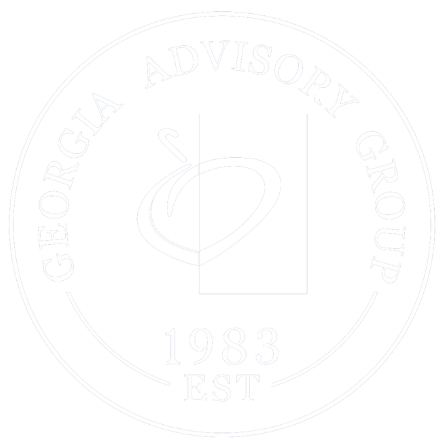Retirement 102
Do I have enough money to retire today? I’m going to talk about a couple in their early 50s with $750,000 in investable assets and a projected monthly income need of more than $12,000 once they retire, but no pension from either of their employers. Hello again Dave Duley here with the Georgia Advisor Group continues with our examples of real-life families in different situations trying to figure out when they can retire comfortably.
To make sure you’re getting these videos, click “subscribe” below and “like” the video so we can continue to provide great content and provide you with the right questions to ask when you’re inquiring about retirement planning.
Bill wants to retire at 67 or earlier, and Tammy is looking to do the same. Their combined income today is over $200,000, so they’re living comfortably, and they’ve done a good job socking away money. With some money from both parents who have since passed away, they’ve accumulated $750,000, of which $470 is in their 401(k)s at work.
Now, this is not unusual, as most people are in this situation where they’re IRA rich and cash poor. The reason is they can’t touch the 401k money until they are 59 and a half, yet they use their cash savings for day-to-day expenses such as a mortgage, utilities, food, entertainment, and, of course, kids’ college expenses. The key here is that they have become accustomed to a certain lifestyle and want to maintain it even in retirement.
When I asked them what numbers they thought they would need for income based on their expenses, they said they believed 150 000 gross annual income would be more than what they could use to meet their needs in the future. So, using basic math and the $750,000 already saved, we can start to estimate what they will need when they reach the age of 67.
We first look at what their respective Social Security benefits will be for each of them. This is done by going to ssgov.com and opening an account for each where we can see the exact numbers, and in this case, we have a total amount for both of around $5,400 per month that lets us know our goal now is to drive toward the $7,100 shortfall they will have each month. Remember, they want a hundred and fifty thousand dollars a year in gross income, or twelve thousand five hundred dollars monthly, and Social Security makes up about $5,400, so we have to find that seventy-one hundred between now and age 67.
We have 13 years, but we need to get to work today, so we start with their current 401(k)s and see if we can do an in-service rollover, which means we can get those funds rolled over while they’re still working at their prospective companies. Now, why do we do that? Inside 99 percent of all 401(k)s, your choices are very limited, and you only have funds to choose from. Secondly, there’s no way to protect those positions from drastic downturns in the market leading up to retirement.
The great news is that most companies today will allow you to do this. Most people don’t even know to ask. Yes, we could transfer 95 percent of their funds to their own IRAs while leaving enough to keep the accounts open for them to continue contributing while working and the company to continue matching those funds, so we estimated we could rebuild those 401ks to around $100,000 each over the next 13 years, not counting any growth that we could roll over at a later time near retirement.
So, now we had approximately $450,000 dollars of the $750,000 in IRAs and $300,000 in investment accounts actively managed, so we took the indexed annuity. Why did we do that? Because it gives us several things, including a guaranteed principle that means those funds can’t lose any value. Second, we create an income bucket or sell a pension plan to use once we reach 67.
The annuity allows us to choose which indexes we want to invest in each year, such as the S&P 500 or the NASDAQ 100, and we get gains if the indexes increase in value, but we lose nothing if the increases decrease. But the key here is guaranteed income at age 67 for life. We want to set aside qualified funds that we will never withdraw in a lump sum and will be required to take RMDS at the age of 72.
Listen Click below to Subscribe and get notification of our next video with clients that are in their early 40s with young children. We’ll walk you through the best setup for your accounts going forward and show you the dos and don’ts to make planning easier. Visit our website, look around, sign up for our newsletter, where we send out great information on a weekly basis, or simply contact us and we’ll run you some numbers. It’s not going to cost you a dime until next time.


